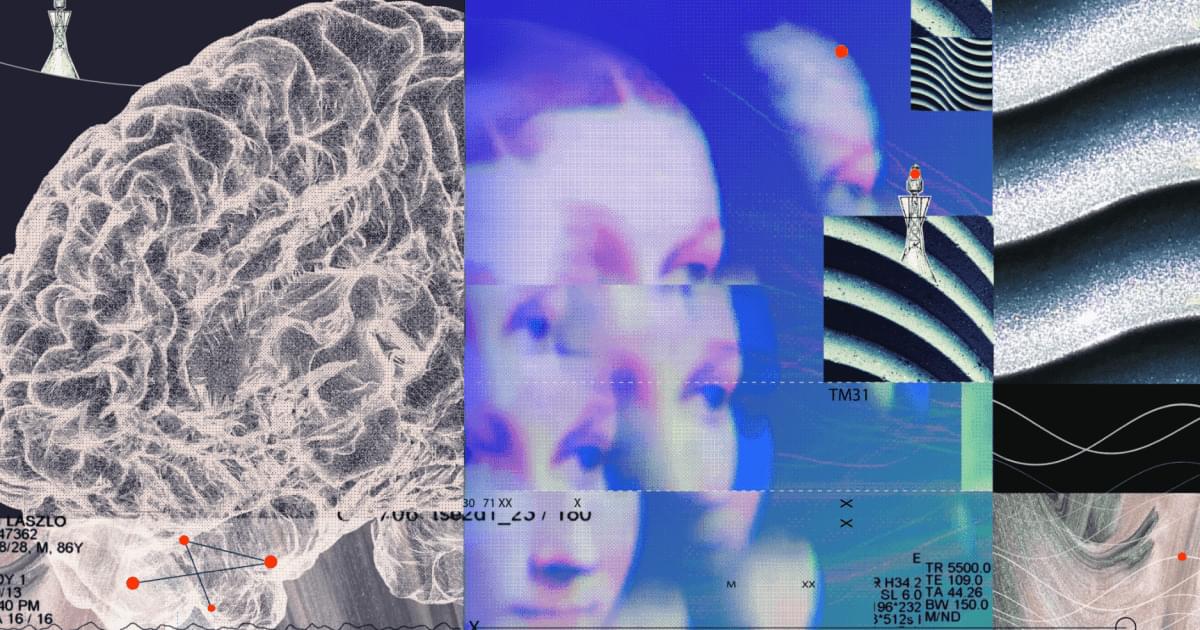Researchers have created what could be called “skin in a syringe”. The gel containing live cells can be 3D printed into a skin transplant, as shown in a study conducted on mice. This technology may lead to new ways to treat burns and severe wounds.





Bioelectronics have transformed our capacity to monitor and treat diseases; however, a lack of micrometer-scale, energy efficient communication options limit these devices from forming integrated networks that enable full-body, sensor driven, physiological control. Inspired by our nervous system’s ability to transmit information via ionic conduction, we engineered a Smart Wireless Artificial Nervous System (SWANS) that utilizes the body’s own tissue to transmit signals between wearables and implantables. When SWANS emits signals, it generates voltage gradients throughout the body that selectively turn on implanted transistor switches when exceeding their gate threshold voltages. SWANS’ implantable communication components maintain syringe-injectable footprints and 15x greater power efficiencies than Bluetooth and Near Field Communication. In vivo studies in rats demonstrate SWANS’ ability to wirelessly regulate dual hind leg motor control by connecting electronic-skin sensors to implantable neural interfaces via ionic signaling as well as coordinate bioelectronics throughout the epidermal, subcutaneous, intraperitoneal, and gastrointestinal spaces.
Ramy ghanim, yoon jae lee, garan byun, joy jackson, julia Z ding, elaine feller, eugene kim, dilay aygun, anika kaushik, alaz cig, jihoon park, sean healy, camille E cunin, aristide gumyusenge, woon hong yeo, alex abramson.
Questions to inspire discussion.
Advanced Navigation and Obstacle Recognition.
🛣️ Q: How will FSD v14 handle unique driveway features? A: The improved neural net and higher resolution video processing will help FSD v14 better recognize and navigate features like speed bumps and humps, adjusting speed and steering smoothly based on their shape and height.
🚧 Q: What improvements are expected in distinguishing real obstacles? A: Enhanced object detection driven by improved algorithms and higher resolution video inputs will make FSD v14 better at distinguishing real obstacles from false positives like tire marks, avoiding abrupt breaking and overreacting.
Edge case handling and smooth operation.
🧩 Q: How will FSD v14 handle complex edge cases? A: The massive jump in parameter count and better video compression will help the AI better understand edge cases, allowing it to reason that non-threatening objects like a stationary hatch in the road aren’t obstacles, maintaining smooth cruising.


Using a powerful combination of AI-driven modelling, advanced brain imaging, and close-to-real-life experimental paradigms, the team was able to uncover a brain signature that precisely measures emotional intensity (arousal) across diverse situations ranging from seeing a loved one to a horror movie. Notably, the team was able to disentangle the conscious emotional experience from the automatic physiological responses such as sweating to heart racing.
Beyond the theoretical implications, this discovery opens new avenues for:
Biohacking shouldn’t feel like a full-time job—or a scam. If you’re tired of chasing every shiny new trend without results to show for it, this session is your reset button. We’ll break down what’s worth your effort, what’s just a fad, and how to build a strategy that actually works for you.

“Currently, solar cells capturing energy from indoor light are expensive and inefficient. Our specially engineered perovskite indoor solar cells can harvest much more energy than commercial cells and is more durable than other prototypes. It paves the way for electronics powered by the ambient light already present in our lives.”
Perovskite is already becoming a popular material for use in solar panels, with marked benefits compared with silicon-based materials.